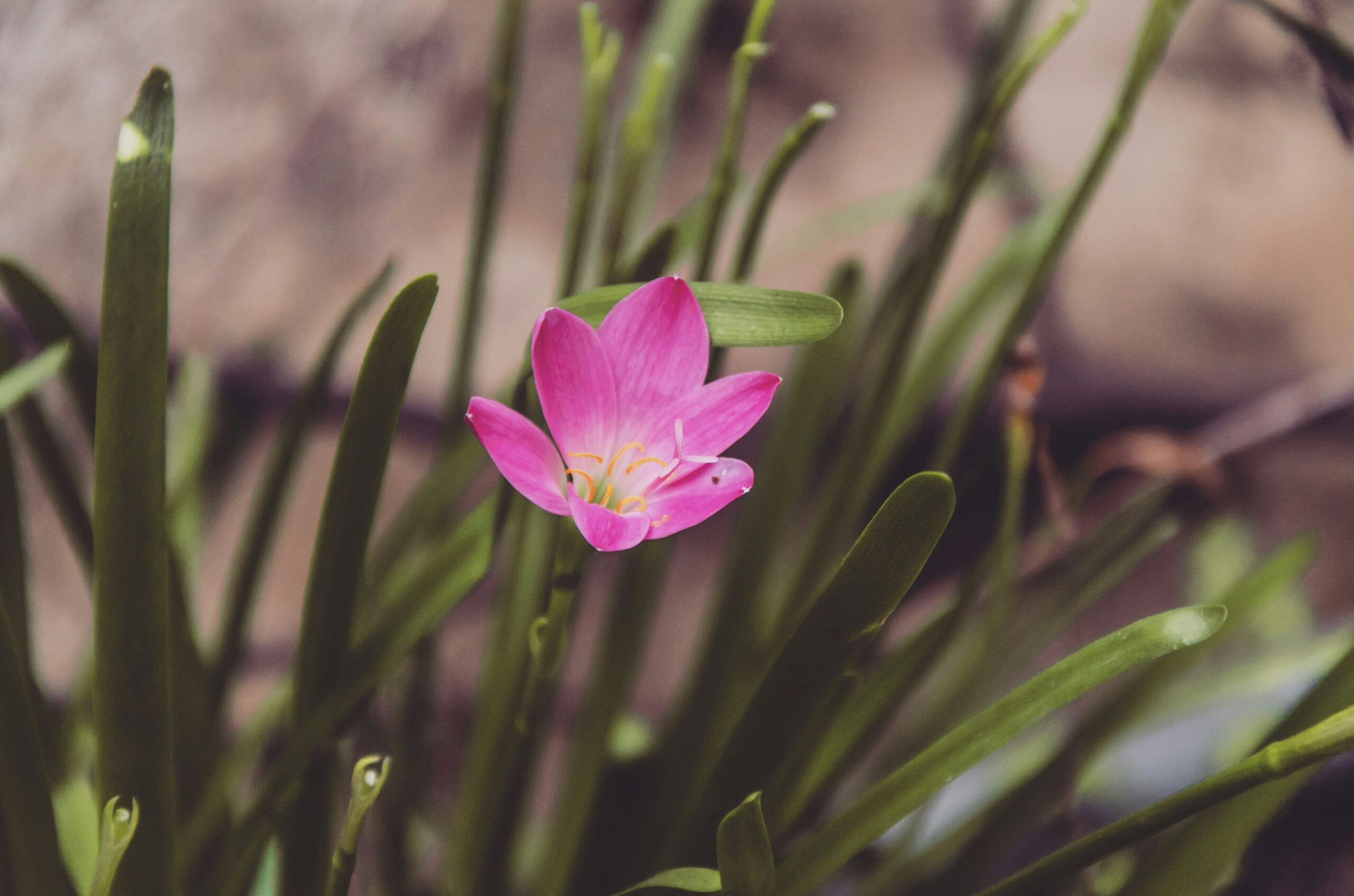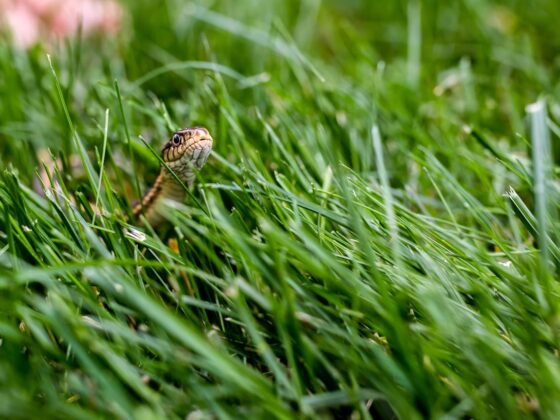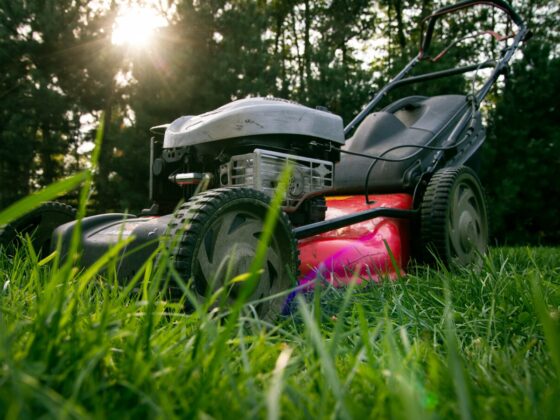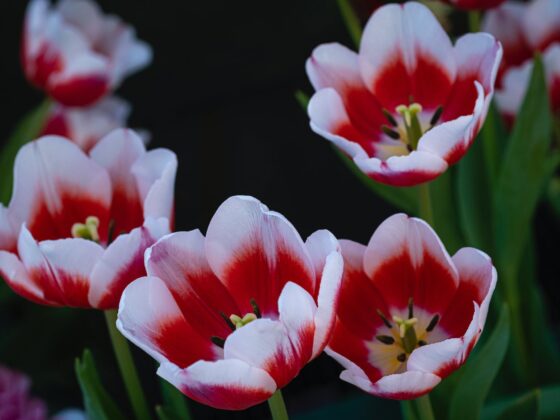Understanding the Basics of Lily Care
Lilies are elegant flowering plants belonging to the genus Lilium, renowned for their striking, trumpet-shaped blooms and delightful fragrance. They are available in a variety of species, each exhibiting unique characteristics in terms of size, color, and blooming periods. Most lilies thrive in well-drained soil enriched with organic matter, which not only aids in nutrient retention but also facilitates optimum root development. Understanding the specific growth patterns and requirements of lilies is essential for successful cultivation.

When it comes to light requirements, lilies flourish best under full sun to partial shade, with at least six hours of direct sunlight daily. However, excessive heat can detract from their vitality, prompting a careful balance in their sunlight exposure. Moreover, lilies prefer slightly acidic to neutral pH levels in the soil, ideally ranging from 6.0 to 7.0. This careful attention to soil composition will significantly enhance the plant’s overall health and blooming potential.
Watering techniques also play a vital role in lily care. Lilies need to be consistently moist but should never sit in waterlogged conditions, as this can lead to root rot. Applying mulch around the base of the plants can help retain soil moisture while also suppressing weeds. Additionally, feeding lilies with a balanced fertilizer during the growing season can encourage robust growth and an abundance of blooms.
Proper maintenance practices, particularly pruning, are critical for sustaining the health of these plants. Regularly removing spent flowers not only promotes better air circulation but also fuels new growth. Through understanding the essential characteristics and care practices associated with lilies, gardeners can set the foundation for vibrant blooms and avoid common pruning mistakes that may hinder their development.
Common Pruning Mistakes with Lilies
Pruning is a critical task in the maintenance of lily plants, yet many gardeners make mistakes that can lead to diminished growth and flowering. One of the most common errors occurs when pruning is done too early or too late in the season. If lily plants are pruned prematurely, they may not have had sufficient time to produce the nutrients necessary for healthy growth. Conversely, late pruning can hinder the plant’s ability to store energy for the next growing season, ultimately influencing bloom quality.

Another frequent mistake involves removing too much foliage. While it can be tempting for gardeners to cut back large portions of the plant in hopes of promoting new growth, excessive pruning can have adverse effects. Foliage plays a vital role in photosynthesis, the process through which the plant generates its food. Without enough leaves, a lily may struggle to develop properly, resulting in weaker stems and fewer flowers. It is essential to strike a balance when pruning, ensuring that enough foliage remains to support the plant’s health.
Moreover, using improper tools can significantly impact the health of lilies. Gardeners sometimes use dull or inappropriate cutting instruments, which can damage the plant rather than assist its growth. Clean, sharp pruners are crucial for making precise cuts that minimize harm. Using such tools can prevent injury to the plant tissue, allowing for faster healing and less risk of disease entry. Always ensure tools are sanitized before use to prevent cross-contamination of pathogens.
Addressing these common pruning mistakes can lead to healthier and more vibrant lily plants. By understanding the timing, appropriate amounts of foliage to remove, and the importance of using the right tools, gardeners can foster better growth and a more abundant flowering display.
Best Practices for Pruning Lilies
Pruning lilies correctly is essential for fostering healthy growth and maximizing the aesthetic appeal of these striking plants. To begin with, the timing of the pruning process is critical. The optimal period for pruning lilies varies depending on the variety, but generally, it is best to prune in late summer or early fall, after the blossoms have wilted and the foliage begins to yellow. This timing allows the plant to conserve energy for the following growing season while preventing unnecessary stress.
When assessing which parts of the lily plant to prune, it is vital to identify the spent flowers, also known as blossoms that have faded. Removing these flowers, referred to as deadheading, not only enhances the plant’s appearance but also encourages new growth and maintains vigor. Additionally, aim to remove any yellowing or diseased leaves, as this can aid in preventing the spread of potential diseases. Always prune just above a node or leaf joint, which promotes new growth and improves the plant’s overall resilience.
Utilizing the right tools is equally important in the pruning process. Sharp, clean shears or pruners are recommended to minimize damage to the plant. Regularly disinfecting the tools helps to prevent the transmission of pests and diseases. After pruning, providing the necessary care will ensure that the lilies remain healthy. This care includes adequate watering, especially during dry spells, and applying mulch to retain moisture and regulate soil temperature.
Supporting the plant as it grows is also crucial. Adding stakes or cages can help keep taller varieties upright and shield them from harsh weather conditions. By following these best practices, gardeners can effectively prune their lilies, ensuring vibrant blooms and robust health for years to come.
Maintaining Long-term Health of Your Lilies
To ensure that your lilies flourish for many seasons, a holistic approach to their care is essential. While pruning plays a vital role in nurturing these vibrant plants, other practices like fertilization, pest control, and seasonal care are equally important in maintaining their long-term health. Proper fertilization aids in promoting growth and flowering, and selecting the right type of fertilizer can greatly impact the vitality of your lilies. A balanced fertilizer, applied in early spring, can provide the necessary nutrients to support blooming. It is advisable to avoid overly rich fertilizers, as they can lead to excessive foliage growth at the expense of flowers.
Pest control is another critical aspect of lily maintenance. Regularly inspecting your plants for common pests such as aphids, spider mites, and nematodes can help catch infestations early. Organic options, such as neem oil or insecticidal soap, can effectively manage these issues without harming beneficial insects. Additionally, ensuring proper spacing and air circulation around your lilies can deter pests and disease development. Implementing a proactive approach will keep your lilies looking their best throughout the growing season.
Seasonal care practices should not be overlooked. After flowering, it is important to deadhead the spent blooms promptly to encourage further growth and prevent disease. Furthermore, consider mulching around the base of the plant to retain moisture and regulate soil temperature. As fall approaches, cut back the foliage to about six inches above the ground after it has yellowed, which allows the plant to direct energy into its bulb for the next season’s growth.
Signs that your lilies are healthy include vibrant bloom colors, lush foliage, and sturdy stems. Conversely, if you notice yellowing leaves, stunted growth, or poor flowering, it may be time to reevaluate your care regimen or consult a gardening expert. When challenges arise, seeking professional advice can prevent larger issues and ensure that your lily garden remains a stunning centerpiece for years to come.
Conclusion
Proper pruning is essential for maintaining the health and beauty of lilies. Avoiding common mistakes—such as pruning too early or too late, removing excessive foliage, or using improper tools—ensures these elegant plants can thrive. By following best practices like timely deadheading, careful cutting, and using clean, sharp tools, gardeners can foster vibrant blooms and robust growth. Pairing thoughtful pruning with holistic care ensures lilies remain a stunning and enduring feature in any garden.
Frequently Asked Questions
The optimal time to prune lilies is in late summer or early fall, after the flowers have faded and the foliage begins to yellow. This timing ensures the plant has stored enough energy for the next growing season.
Foliage plays a crucial role in photosynthesis, which provides energy for the plant’s growth and bloom production. Removing excessive leaves can weaken the plant, leading to fewer flowers and diminished health.
Clean and sharp pruners or shears are ideal for pruning lilies. Proper tools ensure precise cuts, reduce plant injury, and minimize the risk of disease.
Pruning too early can prevent lilies from producing enough nutrients necessary for healthy growth. This can impact their ability to bloom and thrive in subsequent seasons.
After pruning, care for your lilies by watering them consistently, applying mulch to retain soil moisture, and feeding them with a balanced fertilizer in early spring. Proper pest management and seasonal care, like cutting back foliage in fall, are also important for their health.











